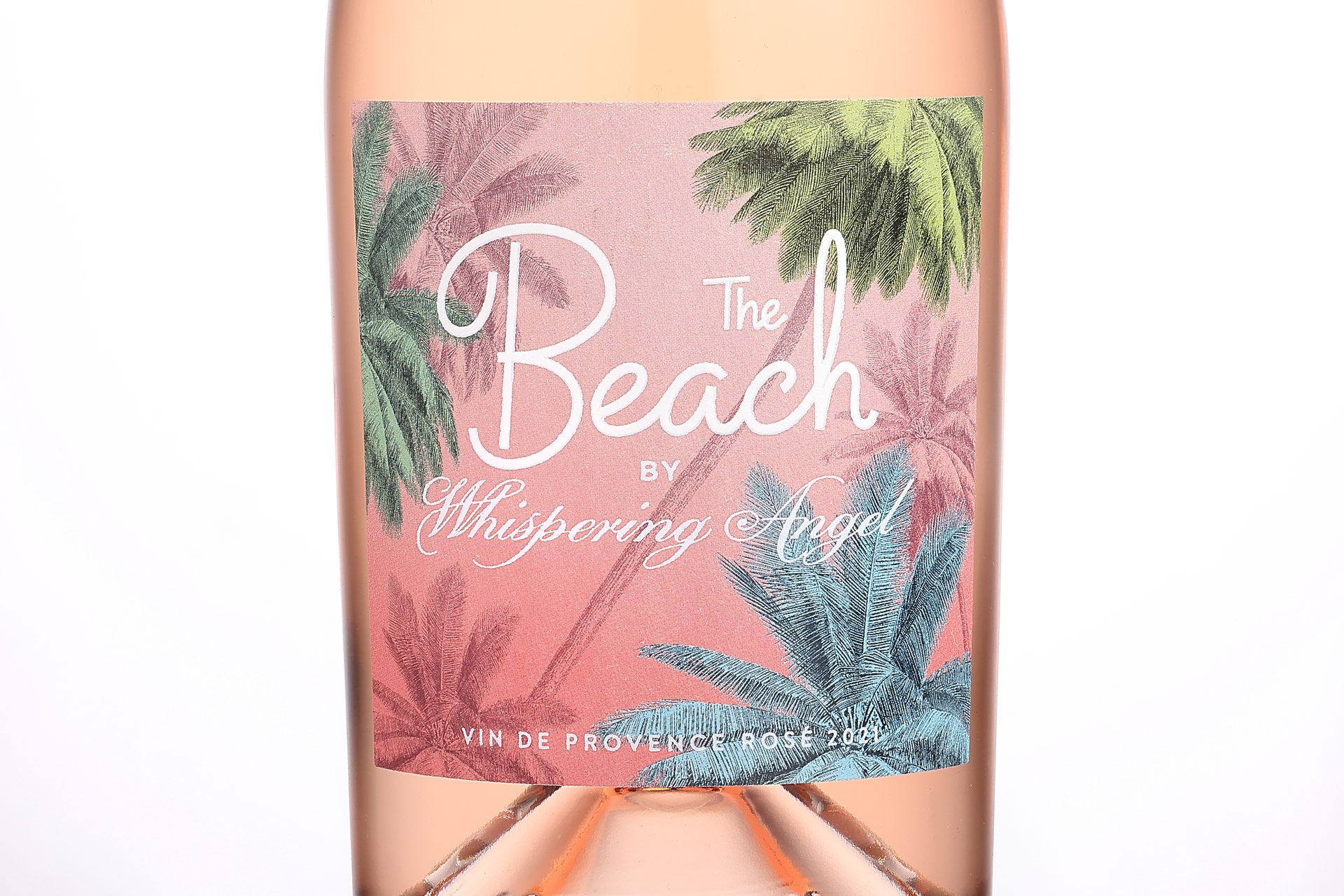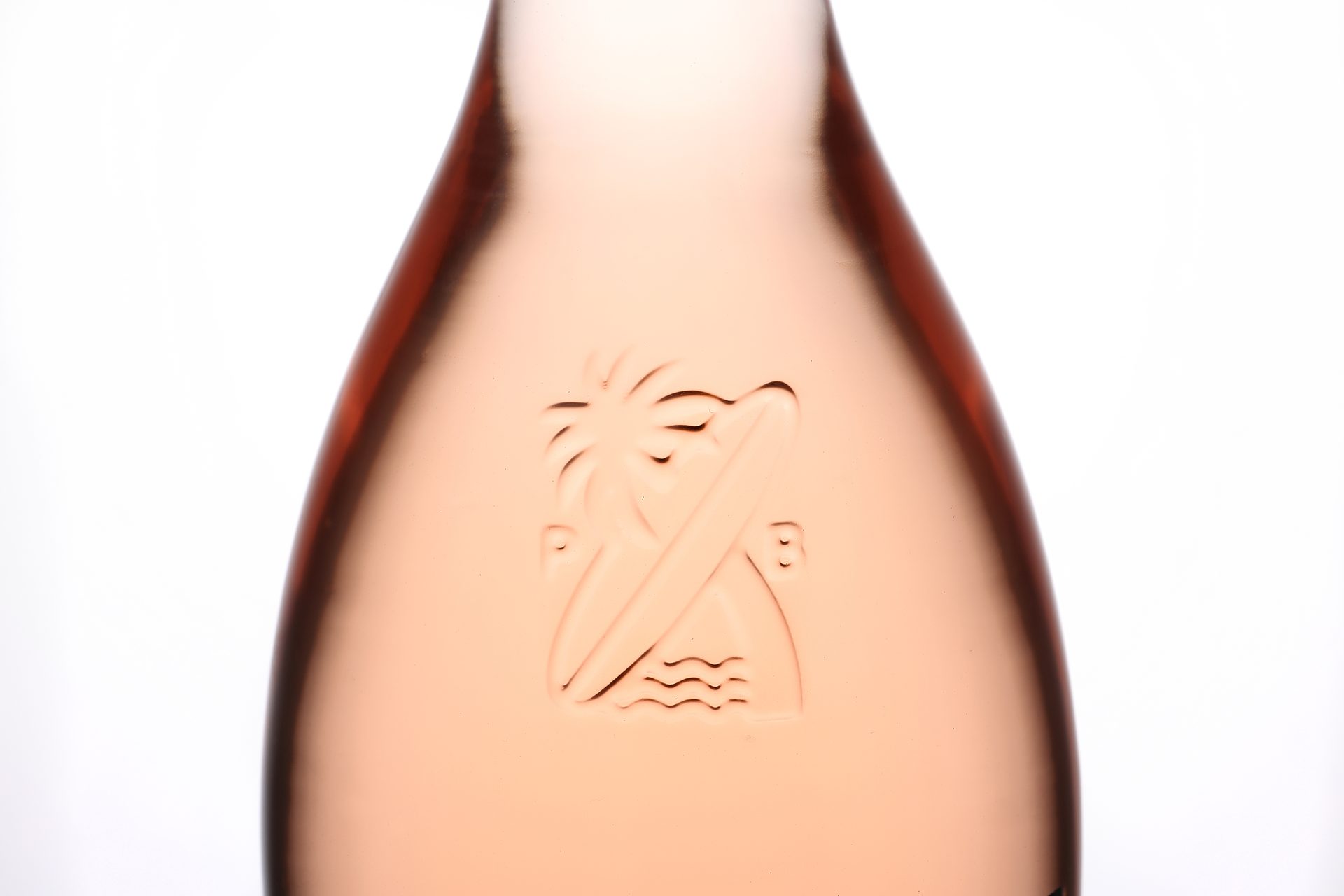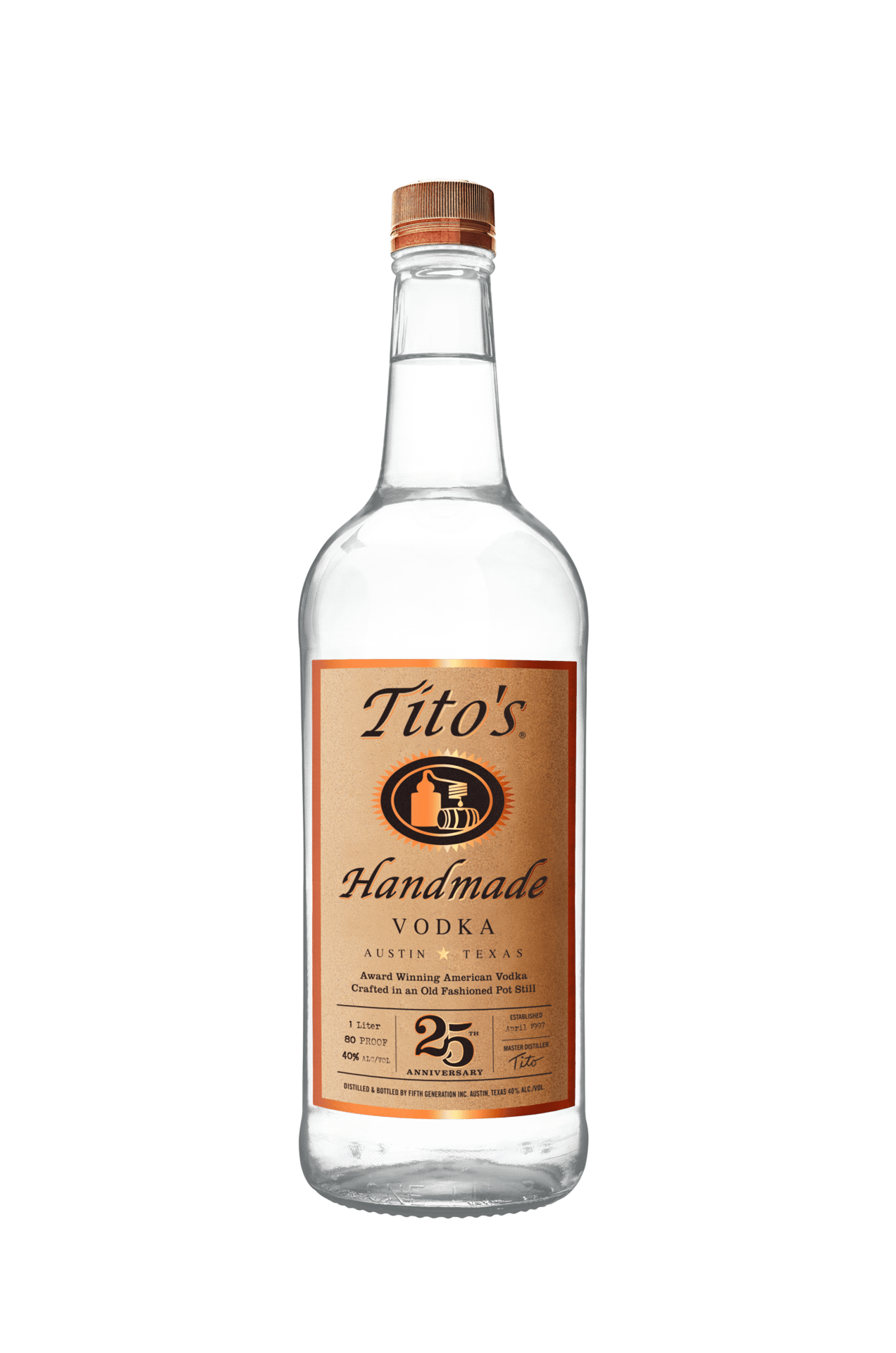Packaging
Story
Designing creative solutions to stand out
By Barbara Harfmann
Intelligent packaging takes brands to new heights
(Image courtesy of Brooklyn Brewery)
In the first round of the NCAA March Madness tournament, No. 15 seed St. Peter’s stunned No. 2 seed Kentucky in the East Region. A member of the Metro Atlantic Athletic Conference, the St. Peter’s Peacocks continued to upset higher-seeded teams, including No. 7 seed Murray State and No. 3 seed Purdue, and became the first No. 15 seed to advance to the Elite Eight in the tournament’s history. Packaging design also is “advancing” in innovative ways, with smart labeling, art-inspired labels, AI and even virtual tastings to engage consumers.
Regardless of how brands do it, standing out is key, particularly given the amount of competition in the beverage arena. “What makes your product different and why should someone care?,” asks John Nunziato, chief creative officer at New York-based Little Big Brands.
He notes that the structure of a package is a “hugely untapped differentiator.” “How can you make the product more convenient or give it more of a badge factor through the physical structure,” he explains.
Alex Kidd, creative design manager at Avery Dennison, Cleveland, Ohio, suggests that when it comes to packaging design, sustainability should be a No. 1 consideration. “Is that a part of the brand? How does the label and packaging support that? There are many sustainable materials to choose from that help enhance any brand presence,” Kidd says. “Also, which material helps bring the brand to life? Is it a clean white canvas or a super tactile, colorful material that elevates the brand design?”
Made from a blend of Grenache, Cinsault and Syrah, The Beach features an etched logo, pale pink label and a new commitment to environmental responsibility, including lighter glass bottles and ocean-friendly promotional materials crafted from repurposed water bottles and cardboard. (Images courtesy of Château d’Esclans)



Aditi Basu, marketing head at Dubai-based Future Market Insights, notes that the intelligent packaging trend is taking packaging trends to new heights.
“Considering the 360-degree scenario, consumers nowadays are preferring smart, active, interactive, connected, user-friendly and eco-friendly packaging solutions,” she says. “Therefore, beverage-makers need to focus on these trends as it impacts the beverage industry overall.”
Animated labels bring new insights into brands
Beverage companies also are utilizing more augmented reality (AR) labels in their design.
“The technology impacts the packaging design,” Future Market Insights’ Basu says. “With the adoption of technology in the packaging formats and designs, the brands are adding extra dimensions to their packaging, which helps to engage as well as inform the consumers.
“AR labels help the consumer go through the information provided by the brand just by scanning the image/label offered on the product packaging,” she continues. “Some brands provide videos, history about their product formation, games and competition, which can be enabled or seen by scanning the AR label through smartphones.”
For instance, Seattle-based Jones Soda released new packing in the United States and Canada that, with a tap of a smart phone, enables consumers to see short action videos of daredevil athletes, edgy artists and other masters of their preferred crafts, some of whom have 2.1 million TikTok followers, the company says.
The animated labels appear on 1.5 million bottles spanning five top-selling soft drink flavors, marking the brand’s third AR series since launching last July. Jones’ AR initiative builds on the brand personality the company has established during the past two decades in part by using black-and-white photographs submitted by consumers to create a constantly changing series of label visuals, it says.
Jones added video to the mix last year with an initial 15-label collection focusing primarily on action sports. A second AR series released several months later featured the animatronic fortune teller character Zoltar reading humorous fortunes customized to incorporate Jones Soda messaging.
“Considering the 360-degree scenario, consumers nowadays are preferring smart, active, interactive, connected, user-friendly and eco-friendly packaging solutions.”
— Aditi Basu, marketing head at Future Market Insights
Creating an identity
Experts note that companies are using AR and other packaging design elements to gain consumer satisfaction, build trust by giving consumers access to information, and help the brand create its identity and further relationships with its fans.
Austin, Texas-based Tito’s Handmade Vodka recently announced its 25th anniversary campaign, a yearlong celebration that tells the company’s story, and thanks Tito’s fans for their support. The new campaign includes a newly designed Commemorative 25th Anniversary Bottle, which features the brand’s signature copper cap, a special 25th anniversary emblem, and a short paragraph on the back label which details the brand’s story and pays tribute to its fans.
The vodka company also is debuting an AR feature that will give fans a glimpse into the Tito’s origin story. Using their mobile phones, users can scan a QR code and bring in-store displays featuring artwork by Paul Mann to life, and learn more about the Tito’s story in four interactive chapters: The Distillery, The Juice, The Hometown and The Dogs, the company says.
As technology advances, the lines between realities continue to blur, Little Big Brands’ Nunziato says.
“You made us who we are — there’s spirit in this bottle,” proclaims a new video commemorating the 25th anniversary of Tito’s Handmade Vodka. (Video courtesy of Tito’s Handmade Vodka)
A limited-edition label pays homage to Tito’s 25th anniversary. The bottle also features an AR feature that when consumers scan the QR code, they are able to view four chapters in the company’s evolution: The Distillery, The Juice, The Hometown and The Dogs. (Images courtesy of Tito’s Handmade Vodka)

For instance, The Coca-Cola Co, Atlanta, partnered with Zappar and Fredinko Illustrations to bring their bottles to life with the help of web-based AR. Consumers can scan the code on a bottle to view exclusive animations and enter a competition, the company said in a statement.
“We all strive to create an emotional connection with consumers, and doing that with static packaging is a tall order,” Nunziato says. “The more you can incorporate video content into the brand story, the easier this becomes. We all live on our phones and the upcoming generations even more so. If you aren’t actively thinking about this now, you’d better start.”
Avery Dennison’s Kidd notes that with the uptick of people drinking at home and building up the appearance of their home bars, aesthetically pleasing labels are more sought out than ever before.
“Brands are using the labels as a canvas for the brand and to stand out against the competition,” he explains. “With the addition of intelligent labels, brands are able to tell stories in a new way as well as guarantee authenticity.”
In April, Château d’Esclans introduced The Beach by Whispering Angel, a new Provence rosé evolved from The Palm by Whispering Angel. Complete with an etched palm tree and surfboard logo on glass, the label and cap feature a dusty rose background with delicately colored green, blue and pink palm trees.
Made from a blend of Grenache, Cinsault and Syrah varietals, The Beach debuts with a new commitment to environmental responsibility, including lighter glass bottles and ocean-friendly promotional materials crafted from repurposed water bottles and cardboard. The bottle label also markets the winery’s long-term partnership with the Surfrider Foundation, which includes a donation, a coast-to-coast beach cleanup initiative and a traveling dinner series hosted at Surfrider’s Ocean Friendly Restaurants.
In addition to promoting sustainability initiatives, Little Big Brands’ Nunziato is seeing less print trends and more surprisingly placed logos.
“Brands now have become small pieces of abstract art, less claims, simple design,” he explains. “I’m happy to see more custom typography being used. It’s a great way for brands to be more ‘ownable’ and protect their assets.
“I think too many people look at package design as the magic wand,” he continues. “If you don’t start with a great product and a strong positioning, packaging will only take you so far. And then you have to support that brand — through marketing and social channels and by continuing to innovate and think of what’s next.” BI
